How can I survive a natural disaster?
No theme issue of Cursor would be complete without some science and engineering. Even before Harvey and Irma appeared on the radar, we had decided to publish an article about natural disasters. How can we best deal with hazardous natural phenomena like hurricanes, floods, lightning, and earthquakes? How do scientists at TU/e regard these events, and what solutions are they working on?
Water
If you want to be well prepared for the devastating forces of water and wind, then a thorough knowledge of fluid dynamics is essential. At TU this discipline is practiced in various departments including Applied Physics, in the Turbulence & Vortex Dynamics group (WDY).
Professor GertJan van Heijst sees the situation in Houston created by hurricane Harvey as a perfect example of flooding. “In the space of a couple of days that place has been deluged by the contents of the IJssel Lake several times over. It is no wonder that the water can't simply flow away.” He expects that this disaster in Houston will prompt the redesign of the sewage system. Personally, he favors installing a couple of large drainage basins in the city itself. “That seems sensible to me. They make great recreation places, so you can combine necessity with pleasure.”
In addition, it helps if the subsurface is as water permeable as possible, Van Heijst emphasizes. “In the Netherlands lots of people pave their garden completely, to reduce their yard work. But that means that more and more rainwater has to drain away via the sewers, and sometimes this is too much for them.”
So it seems you can channel surplus rain with better sewers and 'greener' ground. For rivers that break their banks, the best solution seems to be to let out the reins a little and give the rivers more space. “At any rate, that is the approach chosen in the Netherlands after the floods in the 1990s,” says Van Heijst. “It is a good alternative to raising the level of the dikes."
The solution chosen to protect the North Sea coast is one that appeals greatly to him as a fluid dynamics expert. “Off the coast of South Holland a huge mountain of sand has been dumped in the sea. By working with the natural tidal currents, this ‘sand engine’ creates an accumulation of sand along the entire coast of the province.” Van Heijst was personally involved in the study of a similar process that looked at how you can best build harbors in order to prevent them quickly becoming silted up by sand and slib brought down the rivers.
Curtains of air bubbles hold back salt water
The consequences of the gradual rise in sea levels are almost invisible but nonetheless drastic, he stresses. “Certainly if you want to maintain an open channel between the sea and the delta in Zeeland and South Holland. We are already seeing that all that salt water, flowing under the fresh water, is penetrating to the inland waters near Gouda. Of course that presents a problem for agriculture. Now we are keen to investigate whether all that salt water can be held back with 'bubble screens', curtains of air bubbles, as it were, that don't hinder shipping.”
And if the flood actually happens, then swim with your fingers spread a little way apart. You'll get to dry land quicker. That has been shown by research conducted by Josje van Houwelingen, PhD candidate in the WDY group and a fanatical swimmer. She does her research in the swimming pool De Tongelreep. Using special cameras and air bubbles, she aims to follow the flow around competition swimmers - and complements this with measurements gained with artificial arms in the wind tunnel at the Cascade building.
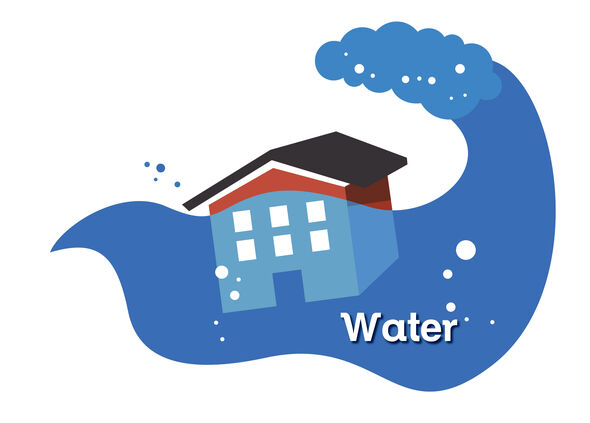
Wind
At the Department of the Built Environment, Professor Bert Blocken and his colleagues at Building Physics are working on the aerodynamics and air flows of the built environment. This has involved Blocken making a flow model of the TU/e campus. At the end of this year and on his initiative, a new wind tunnel will open on the TU/e campus.
In principle a building designed with maximum aerodynamics would stand up best to a hurricane like Irma, Blocken admits when asked. That means something with rounded, fluid forms. And probably very symmetrical, because when a hurricane hits you have to expect wind from every direction. “But you must not underestimate a hurricane's suction power,” he says. “You see vehicles and even entire buildings being sucked in. So while a streamlined building reduces the wind load in a horizontal direction, you still have to take account of that suction.”
Special wind tunnels have even been built to study a hurricane's vortex and suction forces. “The best and most recent example is the WindEEE in Ontario, Canada. It's not actually a tunnel but a dome in which a hurricane can be simulated.” Wind domes like this are very costly, explains Blocken. According to him, the funds for WindEEE were raised by interested parties: the large North American insurance companies. Closer to home, in England's Birmingham, there is a small dome in which phenomena called ‘downbursts’ can be generated. “These are strong downward air flows that occur with very localized cloudbursts. In Europe these are more frequent than hurricanes.”
“At hurricane force 5 there's no such thing as a harmless object”
Looking at the devastation wrought by hurricane Irma on places like Sint-Maarten, Blocken can only conclude that the local housing, with a lot of timber frame construction, simply had no chance of withstanding a hurricane of category 5. Housing in the Netherlands would have fared quite a bit better, he thinks. “Buildings here are traditionally stiffer and more robust. You also see that high buildings withstood the hurricane best. That is because simply by virtue of its height high-rise is built to withstand a considerable wind load. Only the windows of apartment blocks get broken during a hurricane.”
In May Blocken was at a conference in Florida when the hurricane alarm was sounded. “We were ushered into an inner room without windows. An inner toilet or the bathroom is often the safest option, partly because it has few loose objects. In a hurricane of category 5 everything is slung about at speeds far exceeding 200 km per hour, and there's no such thing as an harmless object - a bookcase is lethal.”
The facility opening on the TU/e campus in December on his initiative, is called an atmospheric boundary layer tunnel. “It complements the aeronautical tunnel in Cascade,” Blocken explains. “The last-mentioned focuses on uniform air flows while with the new tunnel we can make a wind profile typical of one found close to the earth's surface.” On the ground the wind speed is zero, he explains, and the wind force increases as you go higher. So the new tunnel will enable research into situations that have this wind profile. “Such as for buildings, ships, vehicles, cyclists and ice skaters. But not for hurricanes, unfortunately.”
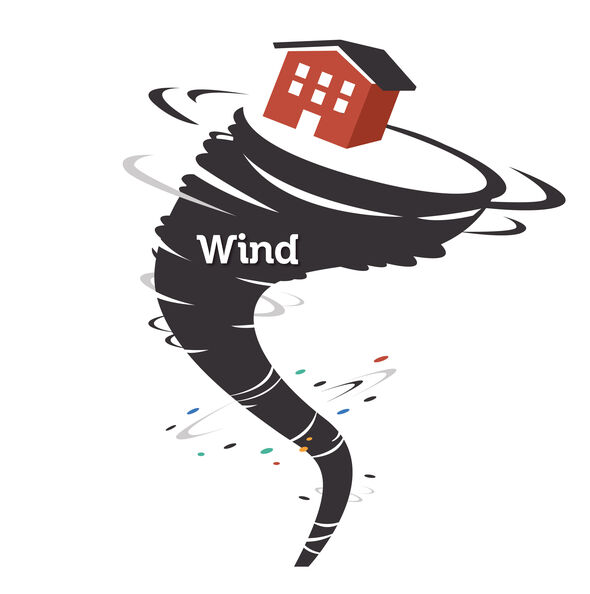
Earthquakes
Adhesive quake resistance
In Groningen, which has seen regular ground tremors in recent years due to the gas extraction near Slochteren, a great deal of attention is being paid to the question of how you can protect houses against earthquakes. TU/e PhD candidate Ömer Türkmen is currently researching the flexible reinforcement system QuakeShield, intended to strengthen existing houses so that they are better able to withstand earthquakes.
QuakeShield has been developed in Groningen by the companies Koninklijke Oosterhof Holman and SealteQ Group. TU/e has already carried out various tests with TU Delft, and now in the TU/e's Architecture, Building and Planning Department PhD candidate Ömer Türkmen is researching the fundamental workings of this reinforcement system, which involves inserting carbon rods into the brickwork.
“It is not that easy to reinforce the walls of houses in Groningen because they aren't very thick,” says Türkmen. “Existing reinforcement methods are intended for houses with thicker walls. For the local situation, we had to find another solution. In 2014 we started carrying out our own experiments and discovered that a good bond between the stiff carbon rods and the brittle brickwork is vital. In other words, the connecting adhesive must be both flexible and strong.” That product has now been developed and refined. First, deep groves are drilled into the wall. These are filled with tough-elastic adhesive, then lightweight carbon composite strips are inserted. This method can be used on both new and existing buildings.
The initiators have now seen that this works, and in cooperation with TU/e and TU Delft an easy-to-use Excel calculation tool has been developed for builders. Their initial focus is still very much houses in Groningen, five of which have now been reinforced with QuakeShield. Given the positive reactions received from abroad, at some future date they will decide when to expand their market. However, as it has not yet been explained how the flexible adhesive works at a fundamental level, it is not yet clear which other situations this reinforcement system could help with. Finding this out is the task of PhD candidate Ömer Türkmen.
QuakeShield is one of the projects on show at the end of October during Dutch Design Week (DDW). In a test setup small brick walls will be subjected to bending tests. Visitors will be able to see for themselves that the sample doesn't give way, but instead shows only minor cracks. The idea is that the reinforced sample will first bend then largely “spring back” to its original form thanks to the flexible effect of the adhesive.
Adaptive structures
At Architecture, Building and Planning they aim to use smart methods to make buildings more resistant to external forces, such as wind or ground movements. Assistant Professor Arjan Habraken of Structural Design, for example, is occupied with what are known as ‘adaptive structures’, which respond to a variable load.
Think of adaptive structures as a kind of internal muscle that can be activated, suggests Habraken. “You can use sensors to measure the condition of the building. This data is passed to a computer, which tells actuators what they need to do.” By way of illustration, he mentions a pedestrian bridge that he is currently working on. “It has a very slimline construction and in principle it would bend significantly if you walked across it. By spanning a cable across the underside of the bridge walkway we can reduce this effect. And by applying an actuator between the cable and the bridge walkway, we aim to keep this bend always at zero at certain points, and in this way to limit the vibrations.”
It is still very difficult to use this method to neutralize earthquakes, he emphasizes. “The timeframe in which an earthquake occurs is often very short. You would need actuators capable of producing considerable forces very quickly. In practice, it is a mainly a question of reacting to the building's response to the earthquake. Which usually takes a somewhat longer period of time.”
Habraken gives another example of an adaptive structure: the tuned mass damper, a large mass that hangs high up in a building, like a sort of set of tuned bells on a rope. This starts to vibrate when the building itself starts to vibrate (due to say the wind), but in antiphase, thus preventing the building from resonating and vibrating itself to pieces. “That is the passive version,” explains Habraken. “But you can also actively fine-tune this kind of damper by pushing against the mass.”
Some Italian students were recently guests at Structural Design, Habraken says. “They were researching a casing for old buildings in earthquake zones. This involves making what is known as a stability core, which is linked to the old building by actuators. This coupling dampens the old building's reaction to the earthquake.”
For the past two years at Structural Design they have had access to a unique device, one that in principle is very well suited to creating adaptive structures: a 3D concrete printer. “This allows you to print sensors and actuators in the liquid concrete,” says Habraken. “We aren't there yet but we have started brainstorming how best we can use the 3D printer's capabilities.”
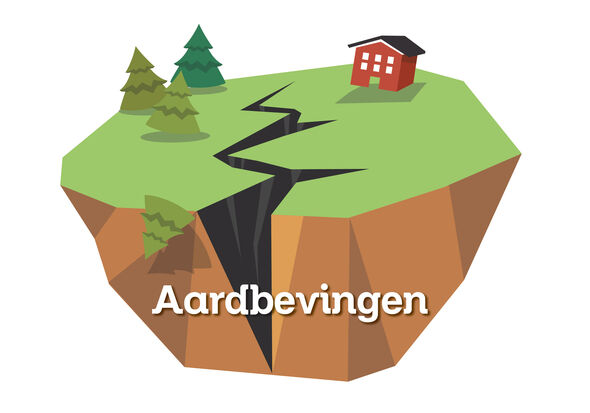
Lightning
Over the years a great deal of expertise has been accumulated at Electrical Engineering about lightning, and how you can protect yourself (and especially your vulnerable electronics) against it. Even now, Professor Guus Pemen is still regularly consulted about lightning-related issues.
“We have previously done research on how to guard against lightning strikes for the high-speed rail line, high-voltage electricity networks, electricity generation plants, and industrial complexes,” Pemen explains. “At the moment we are running only a few small research projects, but we do still serve as a kind of expertise center.” For example, he himself acts occasionally as an expert witness in court cases where it must be established whether certain lightning damage is covered by the insurance. “It often depends on whether the damage is direct or indirect.”
Direct damage is when the lightning actually strikes the object, he explains. “A lightning strike like that causes gigantic damage; especially the heat, which melts the cables and causes burns, but also causes mechanical damage. Whole trees are split in two by lightning.” Indirect damage, on the other hand, is caused by the magnetic field from a nearby strike, which may be as much as a couple of hundred meters away. In turn, by induction these magnetic fields can generate strong currents in electrical systems, causing them to blow up.
Solar panels are an interesting case, Pemen believes. He recently investigated a case of lightning damage at a barn covered in panels. “Solar panels are still very much affected by lightning; the broken panels fly all over the place.” This equipment on roofs is highly sensitive to both direct and indirect damage caused by lightning, he says. “You can prevent this by installing them well, but that's not yet standard practice in the installation sector.”
As the panels and the related cabling act as a kind of antenna, and moreover are connected to the electrical circuits in the house, there can also be damage to TVs, computers and refrigerators, even if the lightning strike is not direct, only close by. There is also a risk of fire. “Actually, in a thunder storm it is very sensible to pull all the plugs out the sockets, and the cables from the inverter for the panels. But I have to admit, it's not something I do.”
The ‘ten commandments’ for lightning protection
At Pemen's Electrical Energy Systems group they have compiled ‘ten commandments’ for lightning protection. The most important one is that you must ensure that the electrical currents involved in a strike are guided away from the most sensitive elements - often electronics. “You can use metal casings and thick conductive sheaths on the cables to do this, but with chip manufacturer NXP we are now looking at whether you can add protection at chip level. For example, by applying thicker tracks on circuit boards and minuscule Faraday cages, which keep all electromagnetic fields at bay.”
If you are outside and caught in a sudden thunderstorm, the boy scout wisdom does actually apply, says Pemen. “Squat with your feet close together. That will keep you low and give you the least contact with the ground.” At festivals in particular, he thinks, there is a real risk of being hit. “This past summer I believe another four people were struck by lightning at a festival in France. Fortunately, these days stages and systems are increasingly well protected with lightning conductors.”
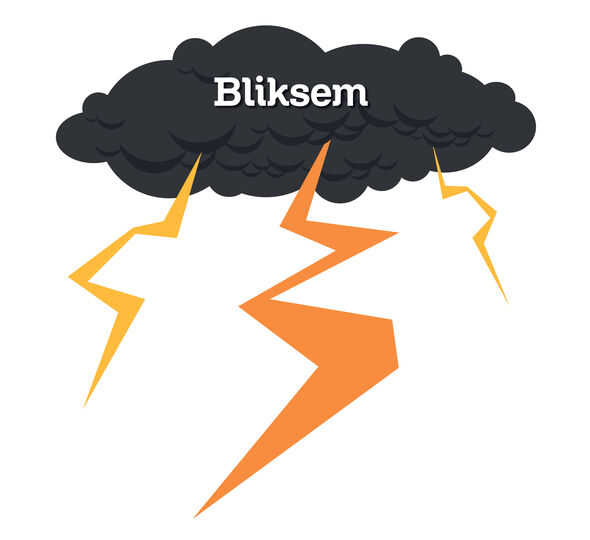
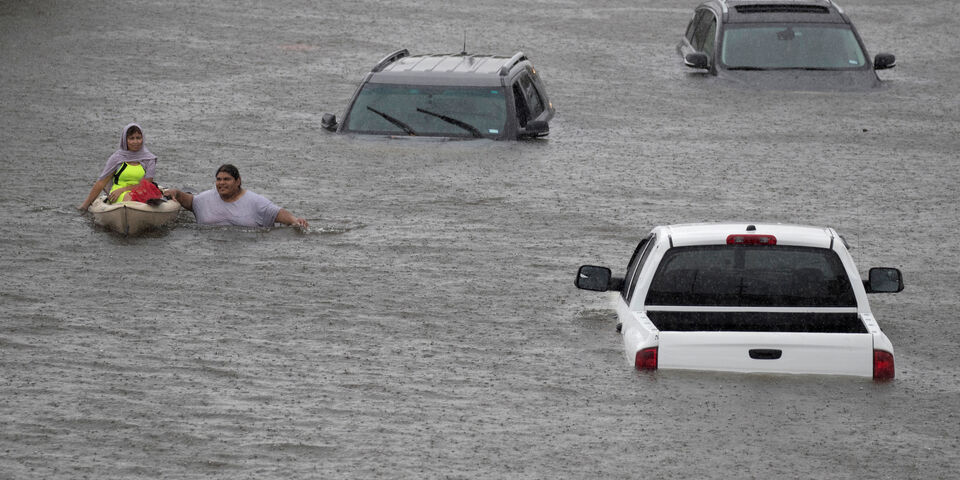

Discussion